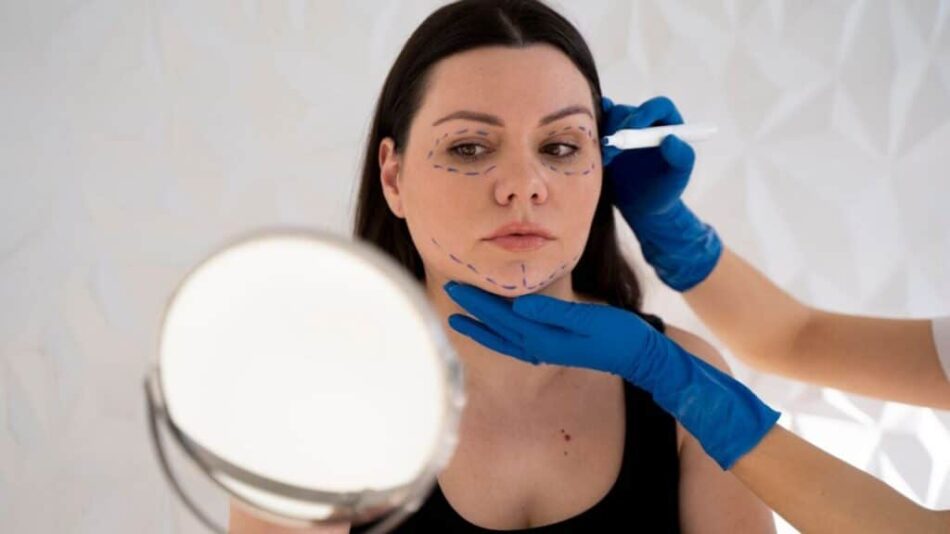World of aesthetic medicine, the pursuit of radiant, youthful skin continues to drive innovation. Among the latest breakthroughs capturing attention is polynucleotide treatment — a regenerative therapy that promises not just superficial enhancement but deeper, cellular-level rejuvenation. Marketed as a scientifically advanced and natural solution, this treatment is quickly becoming a favorite among dermatologists and patients seeking long-lasting skin revitalization.
What Are Polynucleotides?
Polynucleotides (PNs) are biopolymers composed of long chains of nucleotides — the building blocks of DNA and RNA. Derived typically from purified DNA fragments of salmon or trout, these molecules have unique regenerative properties. When injected into the skin, they work by stimulating tissue repair, promoting hydration, and enhancing the skin’s overall health.
Unlike hyaluronic acid fillers, which primarily provide volume and hydration, polynucleotides focus on skin quality improvement, encouraging natural regeneration and healing. This makes them particularly suitable for people looking to improve skin tone, texture, elasticity, and overall radiance without drastically altering facial structure.
How Does Polynucleotide Treatment Work?
At the core of Polynucleotide Treatment therapy is biostimulation — the process of activating the body’s regenerative mechanisms. When introduced into the dermis via microinjections, PNs initiate a cascade of biological responses:
Cellular Repair and Regeneration: Polynucleotides stimulate fibroblast activity, which leads to increased collagen and elastin production — two essential proteins responsible for firm, youthful skin.
Anti-inflammatory Action: They exhibit anti-inflammatory properties that help soothe sensitive skin and reduce redness or irritation, making them ideal for patients with conditions like rosacea or post-procedural inflammation.
Antioxidant Effects: PNs neutralize free radicals, which are one of the primary contributors to skin aging caused by environmental damage and UV exposure.
Hydration Boost: By improving the skin’s extracellular matrix and water-retaining capacity, polynucleotides significantly enhance skin hydration and plumpness.
Key Benefits of Polynucleotide Therapy
The rising popularity of polynucleotide-based treatments stems from their versatility and efficacy. Some of the most notable benefits include:
Improved Skin Elasticity: Consistent stimulation of collagen leads to visibly firmer skin.
Reduction in Fine Lines and Wrinkles: Over time, patients report a noticeable smoothing of fine lines.
Enhanced Skin Texture and Tone: Skin becomes more even, luminous, and youthful-looking.
Accelerated Wound Healing: Used in medical settings, PNs aid in post-operative or post-laser skin healing.
Natural and Biocompatible: Derived from natural sources, the treatment carries minimal risk of allergic reaction.
Common Treatment Areas
While Polynucleotide Treatment can be used almost anywhere on the body, they are particularly effective in certain problem areas:
Face: For improving overall complexion and reducing signs of aging.
Neck and Décolletage: Often neglected areas that show early aging signs.
Under Eyes: Effective in treating dark circles, puffiness, and fine lines.
Hands: To restore youthful texture and minimize sun damage.
Some practitioners are even using PNs in combination therapies, pairing them with microneedling, laser treatments, or PRP (platelet-rich plasma) for enhanced results.
Treatment Protocol and Results
A typical polynucleotide treatment involves a series of 3 to 4 sessions spaced about 2 to 4 weeks apart. The procedure itself is relatively quick — usually 30 minutes — and involves multiple small injections into the target area. Mild swelling or bruising may occur, but downtime is minimal, and patients can resume most activities immediately.
Patients typically begin to notice improvements after the first or second session, with optimal results appearing around 6 to 8 weeks post-treatment. The improvements are gradual but long-lasting, with maintenance sessions recommended every 6 to 12 months.
Who Is a Good Candidate?
Polynucleotide therapy is suitable for a wide range of patients:
Individuals in their late 20s or 30s are seeking preventive anti-aging solutions.
Mature individuals with visible signs of aging, including fine lines, dullness, and loss of elasticity.
Patients with sensitive or reactive skin are looking for a non-invasive option.
Anyone recovering from aesthetic procedures needs skin recovery support.
However, it may not be ideal for people with certain fish allergies (due to its marine origins) or autoimmune conditions. A thorough consultation with a licensed practitioner is essential to assess suitability.
Comparison with Other Skin Rejuvenation Treatments
Polynucleotide therapy often draws comparisons to other skin rejuvenation methods. Here’s how it stacks up:
| Treatment | Mechanism | Key Benefit | Downtime |
| Hyaluronic Acid Fillers | Hydration/Volume Filling | Instant volumization | Mild to moderate |
| PRP (Vampire Facial) | Growth Factor Release | Natural skin healing and glow | Moderate |
| Microneedling | Controlled Skin Injury | Improved texture, collagen boost | Low to moderate |
| Polynucleotides | Cellular Repair & Healing | Long-term skin regeneration | Low |
Unlike fillers, which provide instant results that fade over time, polynucleotides offer a gradual and sustained improvement in skin quality. This makes them an excellent choice for those who want a more natural-looking outcome without dramatic changes.
The Future of Polynucleotides in Aesthetics
As research continues to explore the full potential of polynucleotides, newer formulations and delivery methods are likely to emerge. Some biotech companies are already developing topical polynucleotide creams and combination injectables that integrate PNs with peptides, vitamins, or hyaluronic acid for synergistic effects.
The growing demand for regenerative aesthetics — treatments that work with the body rather than against it — ensures polynucleotides will become a mainstay in aesthetic medicine. Their ability to rejuvenate skin naturally and sustainably aligns with today’s patient preferences for subtle, science-backed beauty.
Final Thoughts
Polynucleotide treatment is quickly establishing itself as the new frontier in skin rejuvenation, combining science, safety, and subtlety. For those seeking a holistic approach to skin health — one that not only enhances appearance but also supports cellular repair — PNs offer a promising solution.
As with any cosmetic procedure, the key to optimal results lies in choosing a qualified practitioner who understands the science and artistry behind skin rejuvenation. With the right hands and a tailored treatment plan, polynucleotides can help unlock a smoother, firmer, and more radiant version of yourself, not just for today, but for years to come.







